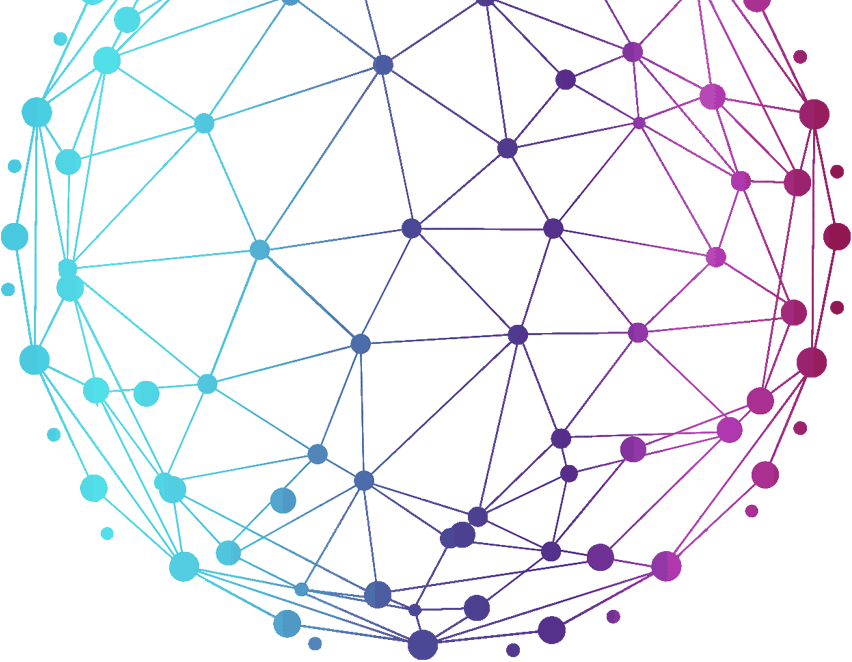Discover Emerging Tech
Entropy builds analytics and research software for tech investors to find emerging technologies before they go mainstream.


Entropy unlocks Digital Value
From Analog to Digital
The internet has accelerated the digital revolution, with technology advancing rapidly. Once a critical mass of people deems a new technology functional and valuable, it triggers a cultural shift, leading to the widespread transition from older analog media or slower digital predecessors.
A clear example is the decline of paper mail in favor of email. But even email is being surpassed by feature-rich messenger apps and enterprise productivity platforms. This ongoing shift, from slower analog methods to faster digital alternatives, alongside continuous upgrades within the digital realm, is happening at an exponential pace.
Adapting to Change
The philosophy that drives Entropy is designed to understand and adapt to ongoing cultural, technological, and behavioral changes. The internet and its technologies benefit from network effects: increasing adoption accelerates future use and drives further improvement.
The internet is a source of data generated by both people and machines. By tapping into this data, analyzing sentiments, trends, usage, transactions, and connections, valuable insights into user adoption are identified and tracked through Entropy’s workflows.
Unlocking Digital Value
Digital value evolves through multiple stages: discovery, experimentation, innovation, pioneering, advancement, and ultimately, mainstream adoption. There are various solutions to engage with each of these phases.
At its core, Entropy is a data company that manages comprehensive datasets and builds data-driven workflows for research. While each process starts manually, the goal is always to simplify and distill insights into a single, useful view. Manually scouring massive datasets or juggling dashboards introduces the risk of human error, where even a minor mistake can invalidate an entire result.
By combining human and machine intelligence, data analytics helps reduce noise, identify meaningful signals, and streamline decision-making. In high-stakes environments, less is often more.
Digital assets play a key role in capturing digital value from upcoming narratives and emerging ventures. They allow early adopters, investors, and users to participate in, and even own the growth of new innovations.
The Foundations of Digital Value
In the early internet, domain names, licensed media, downloadable content, and internet-native intellectual property laid the foundation for a digital economy, essential tools for staking a claim in the digital world.
Digital media — from royalty-free photos to eBooks and software licenses, began generating value through usage rights and distribution models. These assets could be bought, licensed, traded, and monetized, laying the groundwork for what would later become the digital asset economy.
At the same time, domain names, introduced in 1985 and popularized throughout the 1990s, served as digital street addresses. A strong domain name helped websites stand out, reinforced branding, and offered lasting value in online discovery.
Over time, many of these early digital properties evolved into digital real estate and were valued for their traffic, brand equity, or content utility. For startups, creators, and businesses alike, owning the right digital asset often meant controlling a piece of the early internet economy.
Digital Ownership and Financial Inclusion
The next wave of digital assets emerged with blockchain and crypto technologies. These virtual assets and tokens represent a digital revolution in finance and technology, enabling new models for value exchange, ownership, and participation.
Built on distributed ledgers, crypto assets offer transparency, censorship-resistance, and programmability. While Bitcoin, launched in 2009, pioneered this movement and remains foundational, the concept of cryptographic tokens was first proposed as early as the late 1980s and early 1990s, laying important groundwork for decentralized digital ownership.
Beyond finance, crypto assets also unlock services for people excluded from traditional banking and wealth management systems, expanding access to the digital economy and promoting financial inclusion.
Capturing Real-World Value Digitally
As the digital landscape evolves, the next frontier lies in bringing real-world assets (RWAs) into the digital realm. As more tangible and intangible assets become digitized, the potential to merge physical and digital ownership becomes transformative.
This shift isn’t just about creating new financial instruments, it’s about unlocking new possibilities for value creation, ownership, and transfer. From real estate to fine art, the digitization of RWAs introduces unprecedented transparency, efficiency, and accessibility to markets that were once bound by geography, regulation, or bureaucracy.
Entropy - Discover Emerging Tech
Entropy builds analytics and research software for tech investors to find emerging technologies before they go mainstream.
